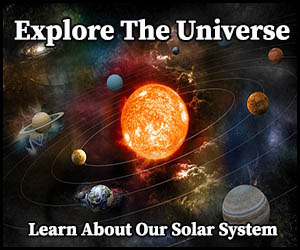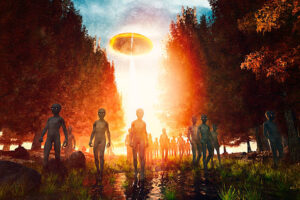The universe, a vast and seemingly infinite expanse, has been a subject of wonder and curiosity for as long as humans have gazed at the night sky. From the smallest subatomic particles to the vast clusters of galaxies, the universe offers a treasure trove of knowledge about the origins, evolution, and ultimate fate of all that exists. This article will explore the fundamental components of the universe, the theories and discoveries that have shaped our understanding of its structure and evolution, and the ongoing quest to unravel the mysteries of the cosmos.
The Building Blocks of the Universe
The universe is composed of a diverse array of celestial objects, from galaxies and stars to planets, moons, and smaller celestial bodies. These objects are made up of atoms, the fundamental building blocks of matter, which in turn consist of subatomic particles such as protons, neutrons, and electrons.
In addition to the visible, or baryonic, matter that makes up stars, planets, and other celestial objects, the universe is also permeated by dark matter and dark energy. Dark matter, which does not interact with light or other electromagnetic radiation, makes up approximately 27% of the universe’s total mass-energy content, while dark energy, a mysterious force driving the accelerated expansion of the universe, accounts for about 68%. The remaining 5% consists of the visible, or baryonic, matter.
The Big Bang Theory and the Evolution of the Universe
The prevailing scientific theory explaining the origin of the universe is the Big Bang Theory, which posits that the universe began as an incredibly hot, dense, and infinitesimally small point, known as a singularity. Approximately 13.8 billion years ago, the singularity began to expand rapidly in a massive explosion, giving rise to the universe as we know it today.
In the aftermath of the Big Bang, the universe was a hot, dense soup of particles and radiation. As the universe expanded and cooled, the first atoms formed, followed by the formation of the first stars and galaxies. Over billions of years, galaxies have evolved and interacted, giving rise to the diverse and complex cosmic structures we observe today.
The Ongoing Quest to Understand the Cosmos
The study of the universe is an ever-evolving field, with new discoveries constantly reshaping and refining our understanding of the cosmos. From the development of increasingly powerful telescopes to the launch of ambitious space missions, astronomers and scientists continue to explore the universe and unravel its mysteries.
Some of the key questions driving modern cosmology include:
- The nature of dark matter and dark energy: Despite their significance in shaping the structure and evolution of the universe, the true nature of dark matter and dark energy remains one of the biggest mysteries in modern physics.
- The search for extraterrestrial life: As we continue to discover and study exoplanets – planets orbiting stars beyond our solar system – the question of whether life exists elsewhere in the universe remains a tantalizing and unresolved mystery.
- The ultimate fate of the universe: With the ongoing expansion of the universe, one of the most profound questions in cosmology is how the universe will ultimately evolve and what its ultimate fate may be.
Vast and Awe-Inspiring
The universe, a vast and awe-inspiring expanse, offers a window into the history and future of all that exists. As we continue to explore the cosmos and probe the depths of space and time, our understanding of the universe will continue to evolve, revealing new insights into the nature of existence and our place in the grand cosmic tapestry. The study of the universe is not only a testament to human curiosity and ingenuity but also a humbling reminder of the vastness and complexity of the cosmos that surrounds us.










